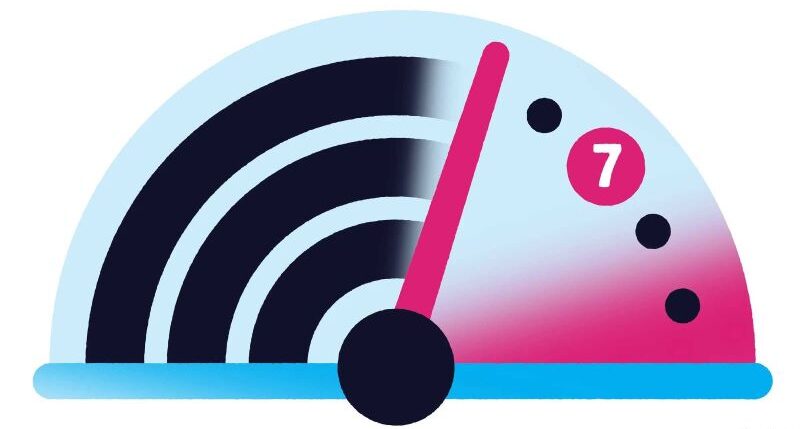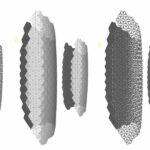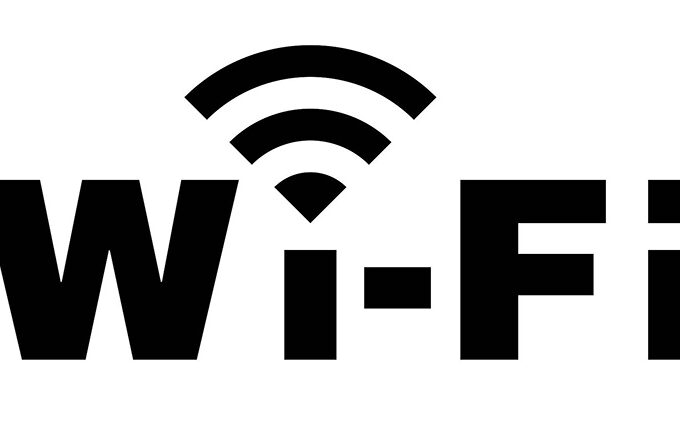Wi-Fi is undoubtedly a widely used and successful technology in our life, but it still has some drawbacks, such as unstable quality of service, slow network speed or network is always interrupted, which gives an impression of poor reliability.
With Wi-Fi 7 coming out this year, the focus of the current generation of Wi-Fi will shift to improving its reliability. With each previous generation of Wi-Fi, the new features and focus has been on increasing throughput – the number of bits transmitted from one point to another. This generation of wireless technology, Wi-Fi 7, focuses more on reliability and reducing latency, while also finding new ways to continue to increase data rates.
“The question we’re asking ourselves is, ‘What do we do now?'” said Carlos Cordeiro, an Intel fellow and the company’s chief technology officer for wireless connectivity. Now, what Wi-Fi really needs to do is become more reliable, I think it’s time for us to focus more on latency and become more certain.”
This renewed focus on reliability is driven by the needs of emerging applications. Wireless factory robots, for example, need to respond immediately when a worker suddenly appears in front of it. This requires not just a focus on throughput, but ensuring that packets are delivered successfully on the first transmission. In addition to industrial automation and robotics, areas such as augmented reality, virtual reality, and gaming will also benefit from faster, more reliable wireless signals.
Multi-link operation will make Wi-Fi more reliable
The key to the future of Wi-Fi reliability is multi-link operation (MLO). Kevin Robinson, President and CEO of the Wi-Fi Alliance, said, “Multi-link operation is a key feature of Wi-Fi 7.” There are two types of MLO. The first of these is simpler in that it allows Wi-Fi devices to propagate data streams over multiple channels in a single frequency band. This technique makes the collective Wi-Fi signal more resistant to frequency-specific interference.
Where MLO really sets Wi-Fi 7 apart from its predecessors, however, is the version that allows devices to propagate data streams across multiple frequency bands. Looking at the past, Wi-Fi used three bands – 2.5 GHz, 5 GHz, and all the way up to 6 GHz in 2020.
Whether MLOs propagate signals over multiple channels in the same frequency band, or over channels in two or three bands, the goal is the same: to enhance reliability and reduce latency. Devices will be able to split the data stream and send portions of the data on different channels at the same time-which will reduce overall transmission time-or, in the event of noise or other problems on one channel, still send copies of the data on different channels.

MLO is not the only new feature in Wi-Fi 7, although industry experts agree that it is the most compelling feature on Wi-Fi 7. Wi-Fi 7 will also see an increase in channel size from 160 megahertz to a new maximum of 320 megahertz. Larger channels mean greater throughput capacity, which means more data can be transmitted in the same amount of time. And in some areas, there is no continuous 320 MHz of unlicensed spectrum due to other spectrum allocations. So 320 MHz channels will not be popular.
In the event that a full channel is not possible, Wi-Fi 7 has another feature, known as “puncturing”. Andy Davidson, senior director of technology planning at Qualcomm, said: “In the past, let’s say you were looking for a 320 MHz channel somewhere, but there was a 20 MHz jammer right there. If you were using Wi-Fi 7 , then you could only use a channel of about 160 MHz above or below the interference; with Wi-Fi 7, you can eliminate the interference, still use a 300 MHz channel.”
When will I be able to buy a device that supports Wi-Fi 7?
The “release date” for the new generation of Wi-Fi is actually when the Wi-Fi Alliance releases the certification. Wi-Fi 7 certification is expected to be released in the first quarter of 2024 and is the result of years of collaboration within the wireless industry. After the features of the next generation of Wi-Fi are finalized, months of validation work will be required to ensure that the features work reliably together.
At the same time as the Wi-Fi Alliance’s certification, the IEEE will also approve a new version of the 802.11 be standard. While the two are not exactly equivalent, new versions of the standard are typically approved shortly after the release of Wi-Fi 7 certification.
Once Wi-Fi 7 certification is released, manufacturers will bring their devices to authorized test labs for interoperability verification to ensure that they meet the Wi-Fi Alliance’s specifications. In the meantime, many vendors have already introduced compatible products in advance of the Wi-Fi 7 certification because they began development based on earlier IEEE drafts after the official standard was finalized.
When Wi-Fi Certified 7 is released, manufacturers will take their devices to one of 20 authorized test labs around the world to confirm that their devices meet the specifications set by the Wi-Fi Alliance. Most importantly, certified devices are guaranteed to work together properly.
Wi-Fi 7 routers, chips and other devices were available before Wi-Fi CertiFied 7 was released. This is standard practice: companies release Wi-Fi 7-compatible products first, and then officially certify them. Qualcomm’s Davidson explained that once the Wi-Fi 7 certification is released, manufacturers take their devices to authorized test labs for interoperability verification to ensure that the devices meet the WiFi Alliance’s specifications.
Meanwhile, development of Wi-Fi 8 has already begun. Says Robinson: “It’s like a pipeline, and while the Wi-Fi Alliance is ironing out the final details of commercializing the next generation of Wi-Fi, organizations such as the IEEE are already looking ahead to what the next generation will entail.”












